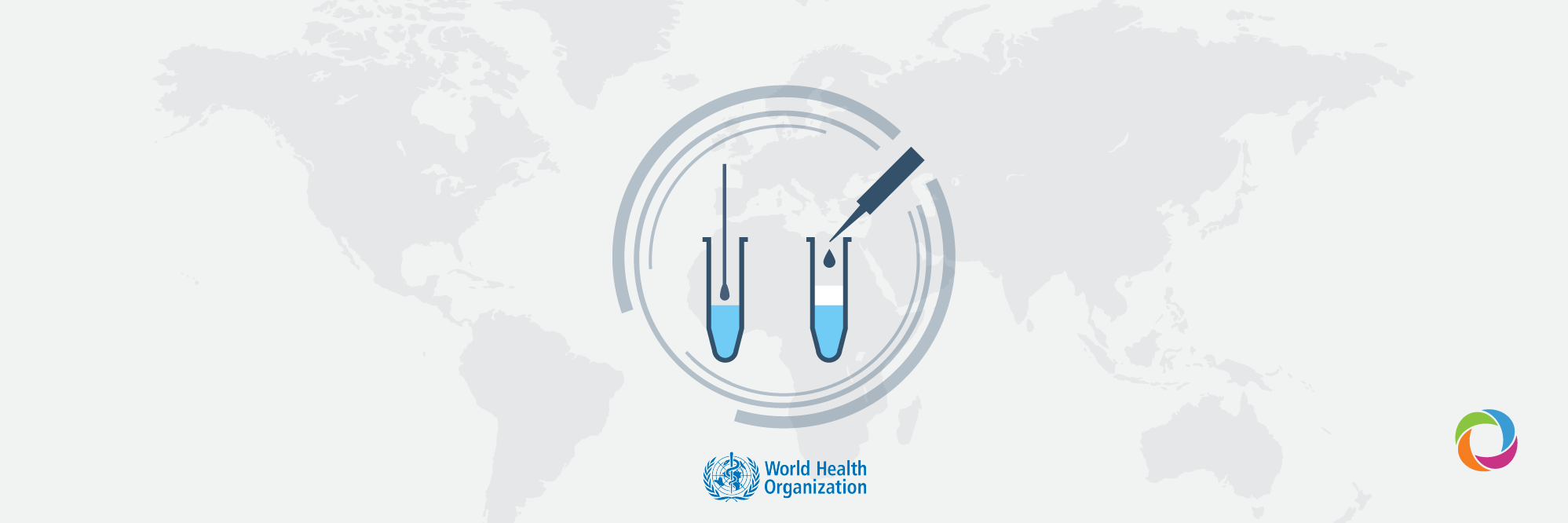The World Health Organization has announced that it is going to make 120 million cheap COVID-19 rapid antigen tests available to stop the spread of coronavirus in poorer, underdeveloped countries.
Each test will cost US$5 and will allow the user to check whether they are infected or not in about 15 minutes by detecting external elements of the virus rather than its genetic material so no special laboratory equipment is required to carry out the tests.
The rapid antigen tests were developed by South Korean company, SD Biosensor, and US group, Abbott. The price is legally binding thanks to the agreement between these two companies and the Bill & Melinda Gates Global Fund which is financially supporting the initiative. The foundation has committed an initial US$50 million to give to acquire the tests with the first orders expected to be placed this week.
Tedros Adhanom, WHO Director-General, said that “This will enable expansion of testing in hard-to-reach areas,” and he assessed the tests as a “vital addition” to poorer countries’ testing capacity, “especially… in areas of high transmission”.
WHO intends to distribute the tests through the Africa Centres for Disease Control and Prevention (Africa CDC), Unitaid, FIND, CHAI, and their partners. The organization had also previously considered other antigen tests.
According to the latest data, COVID-19 has caused the death of over 1 million people all over the world. Analysis by Johns Hopkins University indicates that this rate could have been lower if more testing had been done but, unfortunately, testing levels have differed depending on the country and its income. The worst situation in terms of the amount of testing occurs, in the countries in the Global South where less than 50 million tests have been conducted throughout the whole of Africa since the onset of the pandemic. The latest data shows that the least number of tests have been conducted in Latin America, Africa, and South-Eastern Asia although scientists have no doubt that testing is one of the basic means by which to curb the pandemic because it allows effective isolation of positive cases before they spread the disease to other people.
At the moment, India, where the rate of infection began to increase dramatically in June, has the second largest number of cases after the US. Elsewhere, countries in South Asia have recently reported a decrease with the number of infections dropping in Pakistan, Bangladesh, Afghanistan, and Sri Lanka purportedly due to fairly severe restrictions being introduced. However, whilst the Indian government has significantly increased the amount of testing, this has not happened in other Southern Asian states so the statistics may not in fact reflect the true number of infections.
For example, India has so far carried out around 60 million tests while Pakistan has tested just over 3 million people suggesting that in countries such as Pakistan and Bangladesh the number of registered cases has dropped due to the number of tests decreasing.
WHO recommends testing between 10 and 30 people per confirmed case but the testing levels in Southern Asian deviate significantly from this standard although, Nepal and India have recently began to align with the WHO’s benchmarks.

